-
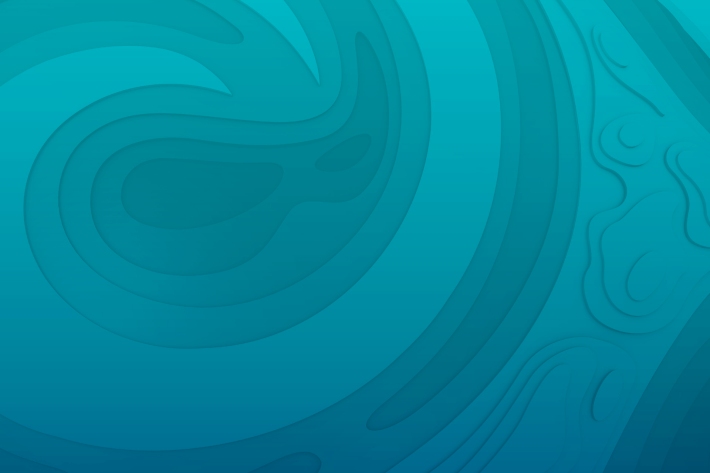
Coralline Algae
This identification guide covers the common crustose coralline algae found in central New Zealand. -
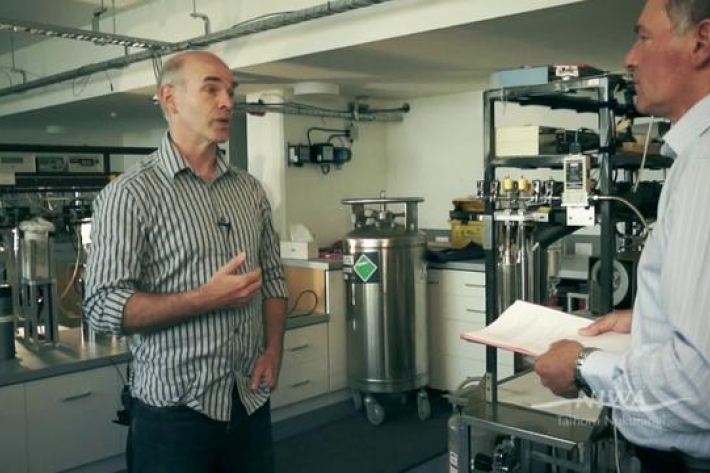
What is Ocean acidification?
NIWA oceanographer Dr Cliff Law explains the impacts of ocean acidification on organisms that use carbonates to build their shells, and on bacteria. -
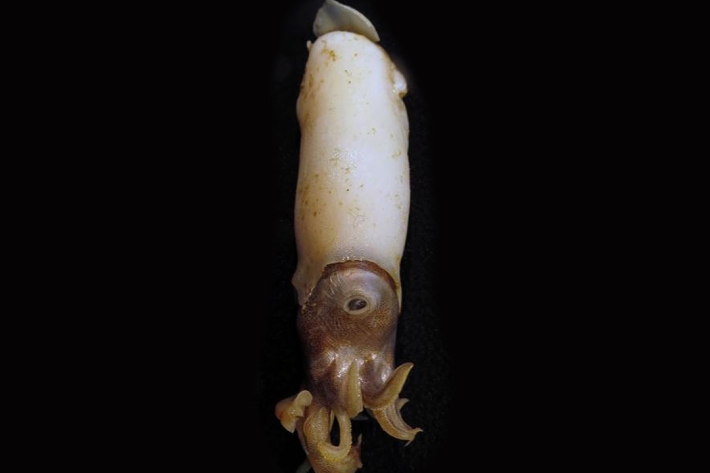
Critter of the week
In this blog series, we feature a new critter from our expansive invertebrate collection including pictures of specimens in their unique habitat. The blogs also feature news, links and fun facts that showcase New Zealand’s fascinating marine fauna. -
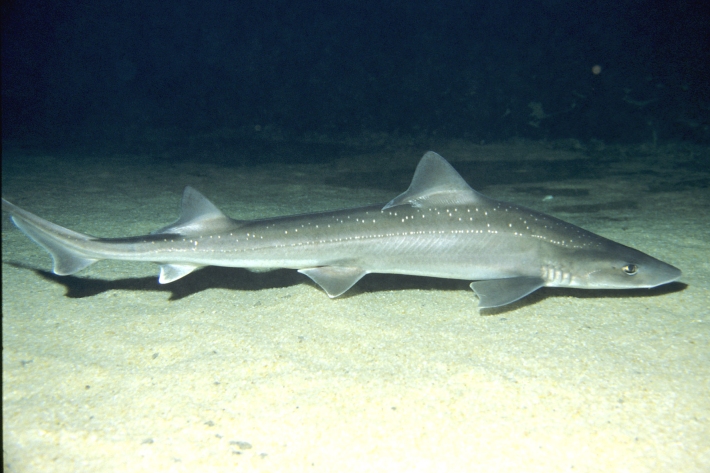
Rig shark
Research ProjectRig shark is an important inshore commercial fish species in New Zealand, and we need to understand more about their habitats, movements, nursery grounds and vulnerability to human impacts to ensure they are managed sustainably and their productivity is enhanced. -
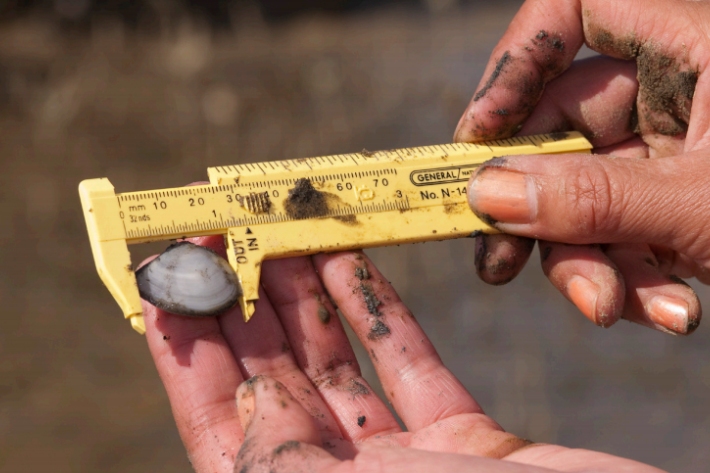
Aquaculture Activities
Shellfish gathering and farming take place in marine and freshwater environments. -

New map reveals New Zealand’s seafloor in stunning detail
News article06 June 2017 -

Exploration sector
Hydrocarbons, although requiring increasingly responsible use, are still an essential part of our modern economy. NIWA has provided survey and consultancy services related to the exploration of offshore mineral resources for thirty years. -

“Very rare find” of ghost shark hatchling
Media release06 June 2017NIWA scientists have made the rare discovery of a days-old ghost shark during a recent survey off the east coast of the South Island. -
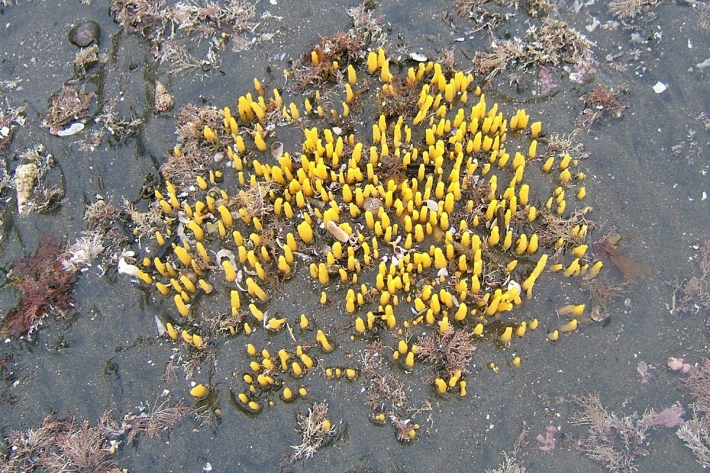
Splendid Sponges (Intertidal)
An interactive guide to the intertidal sponges of New Zealand. -

When the sea gives back – a story of luck and decency
Media release15 May 2017NIWA puts a lot of things in the ocean—instruments tied to moorings, floats that dive up and down measuring what’s going on in the water, and video cameras that monitor fish. -

Pollen from NZ may be altering remote deep-sea ecosystems
Media release20 April 2017Pollen from New Zealand pine forests has been shown to travel more than 1500km through wind and ocean currents, and sink thousands of metres into the ocean to reach some of the world’s deepest ecosystems. -
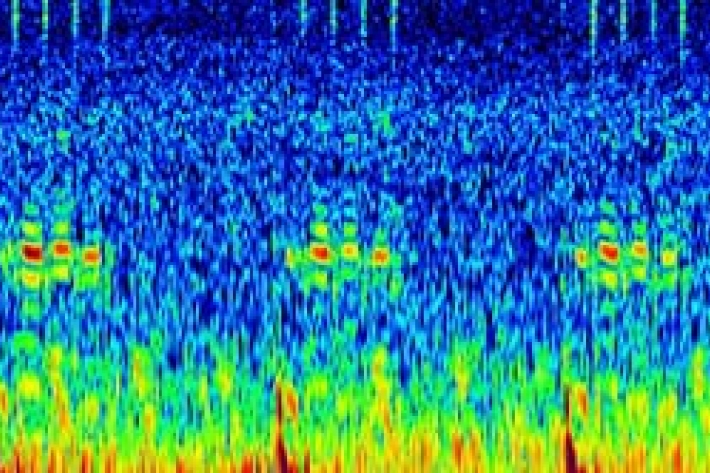
Acoustic recordings of rare whale species in Cook Strait
